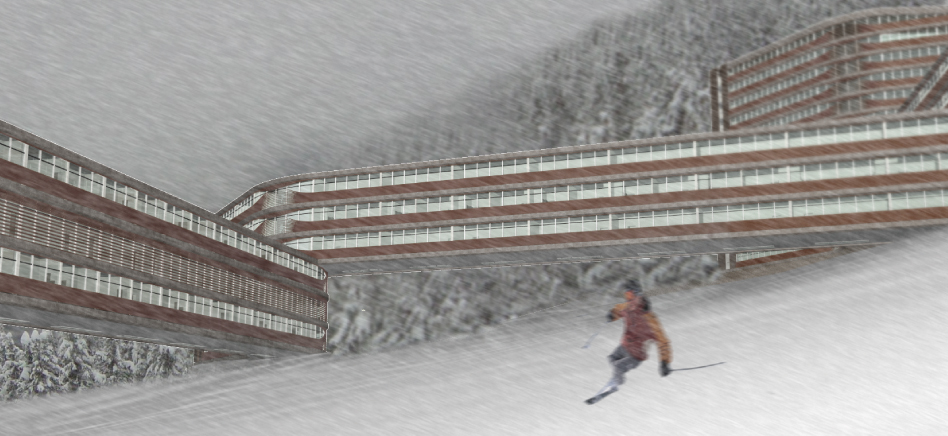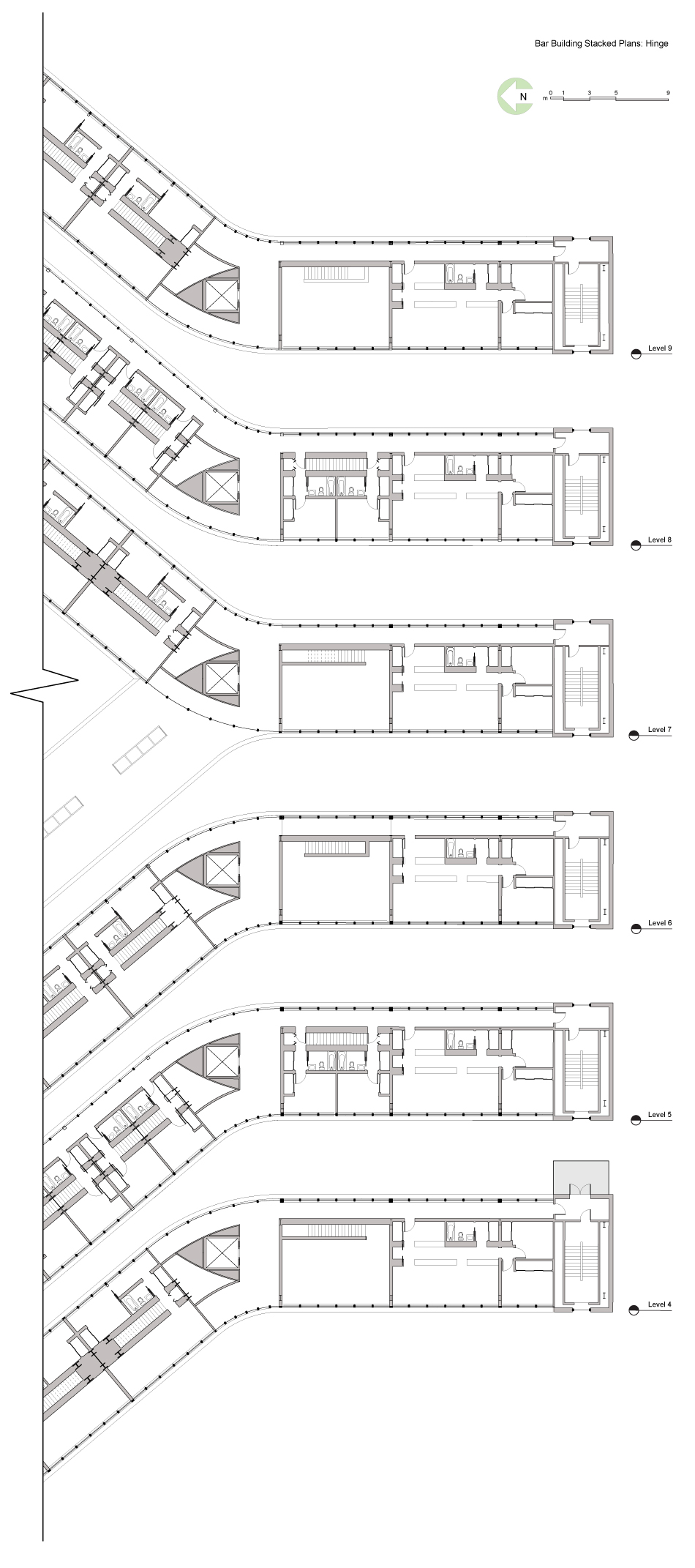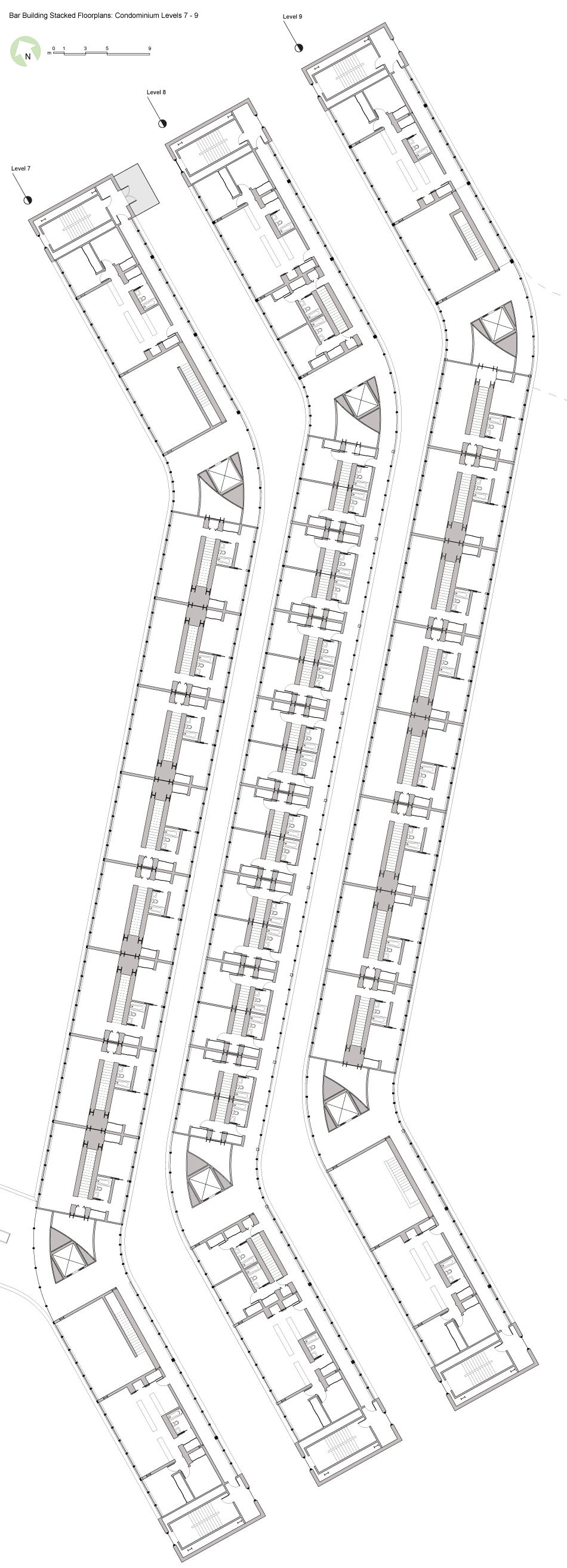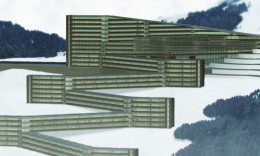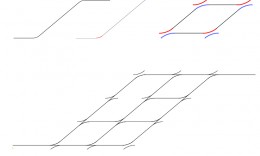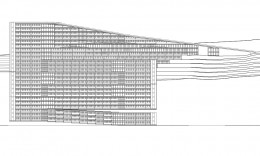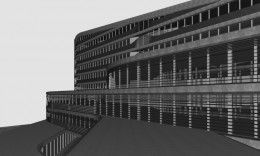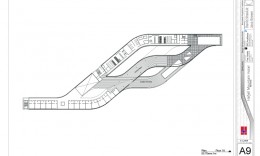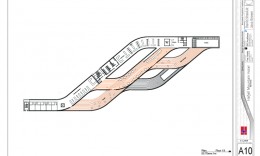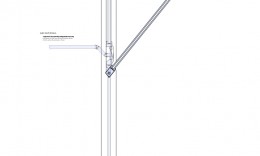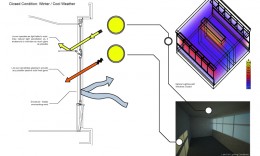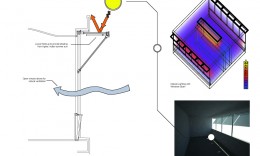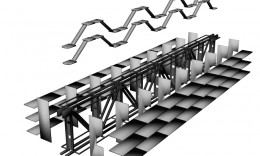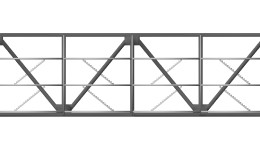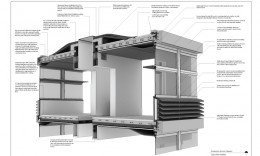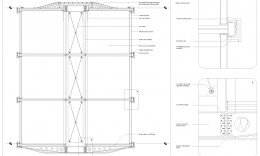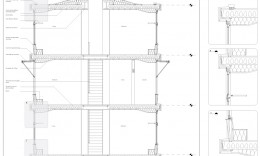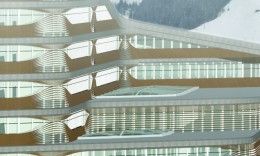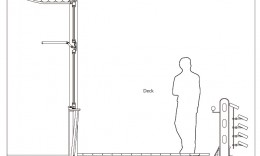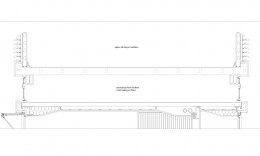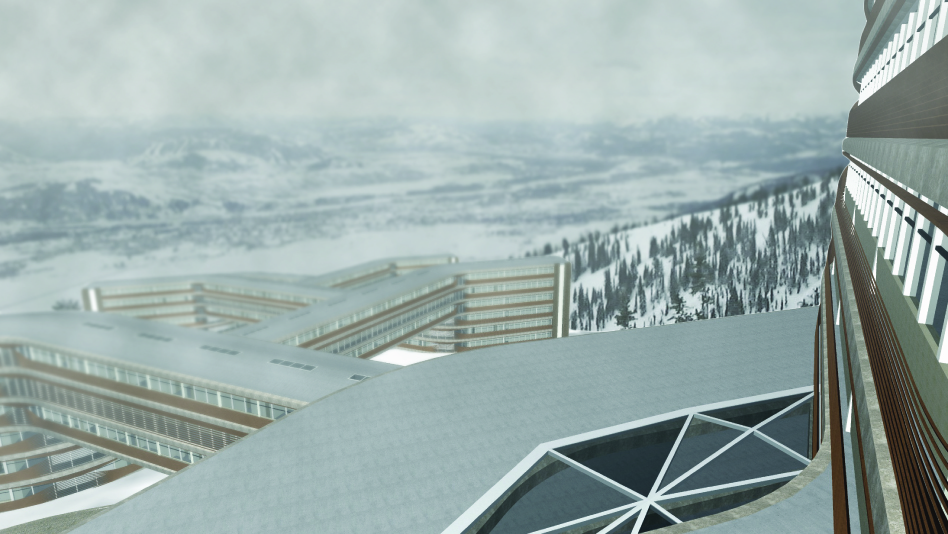
The Design Development Technical Studio at Rensselaer Polytechnic Institure calls for students to identify a schematic design initiated by a professional architecture firm for the purpose of better understanding and negotiating the design development phase of a major architectural project. In this case, the Hafjell Mountain Resort designed by the Bjarke Ingalls Group (BIG) was selected. Based only on the images available from the design architect’s website (which can be viewed here), our team adapted our own polemic and development strategy for accessibility, code and program assessment, enclosure, structure, materiality, constructibility and synthesis through our own proprietary BIM system.
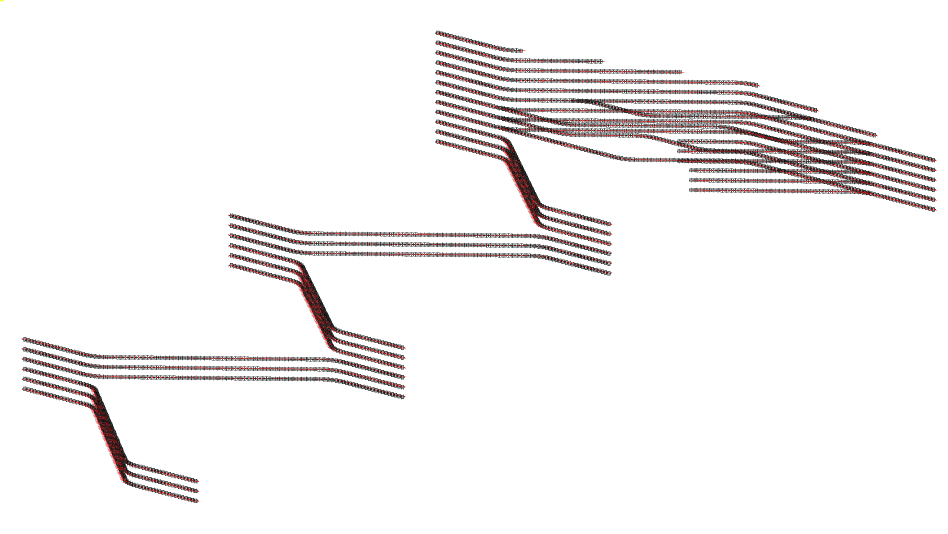
BIM Development
The key to the development of our digital model was utilizing the data connectivity available between Bentley Generative Components and Microsoft Access Database System. Effectively, the geometry of the entire complex can be described by combinations of 9 meter cubic bays and a simple arc switchback. Through repetition of these two elements, the entire hotel and condominium complex can be constructed. By harnessing the capability of Generative Components to recombine and array these moves with Access’ capacity to record the geometry, we forged a system that enabled us to generate our floor plates, multiple facade assemblies, and some of our structural elements entirely through C# and SQL scripts, breaking the primary 9 meter cubic bay into smaller elements, first split into three stories, and then broken into program bays 4.5 meters wide and facade bays 1.5 meters wide.
The chief structural system we engaged in developing was the truss required for the condominium bar buildings that snake down the mountain to effectively bridge from one side to the other. In order to manage the long span condition, we imagined each bar as a single, three-story truss. This way, we were able to give the entire structural system the depth it needed. The truss was essentially doubled near the middle of each bar building, with enough space left between each one to insert the stair systems required for the maisonette condominium units that occupy each bar building.
We also developed a glazing system that dynamically engages the Nordic environment in order to optimize daylighting conditions. The articulating assembly is comprised of two glass panes with a built in light shelf and opens on vertical tracks. The upper pane is attached to a torsion spring that brings it out at 90° from the wall when opened. This also brings the light shelf up and installs it as a dynamic shading system. Thus, during the winter, the window is closed and the light shelf serves to introduce more daylight deeper into the building, but during the summer when the window is open, the light shelf is transformed into a shading device to restrict overheating. Additionally, it was necessary for us to detail the various construction assemblies. These include the integration of our glazing system with a dynamic louvered facade system, as well as general requirements for structure, enclosure, insulation and finishing.
